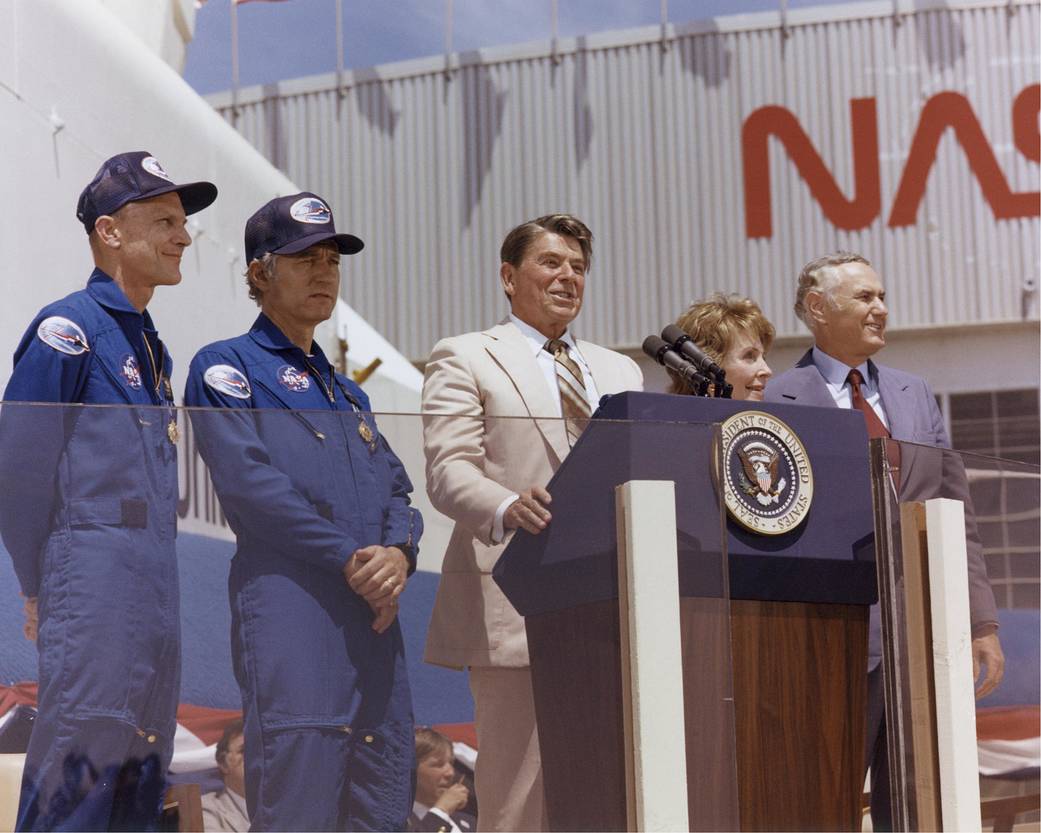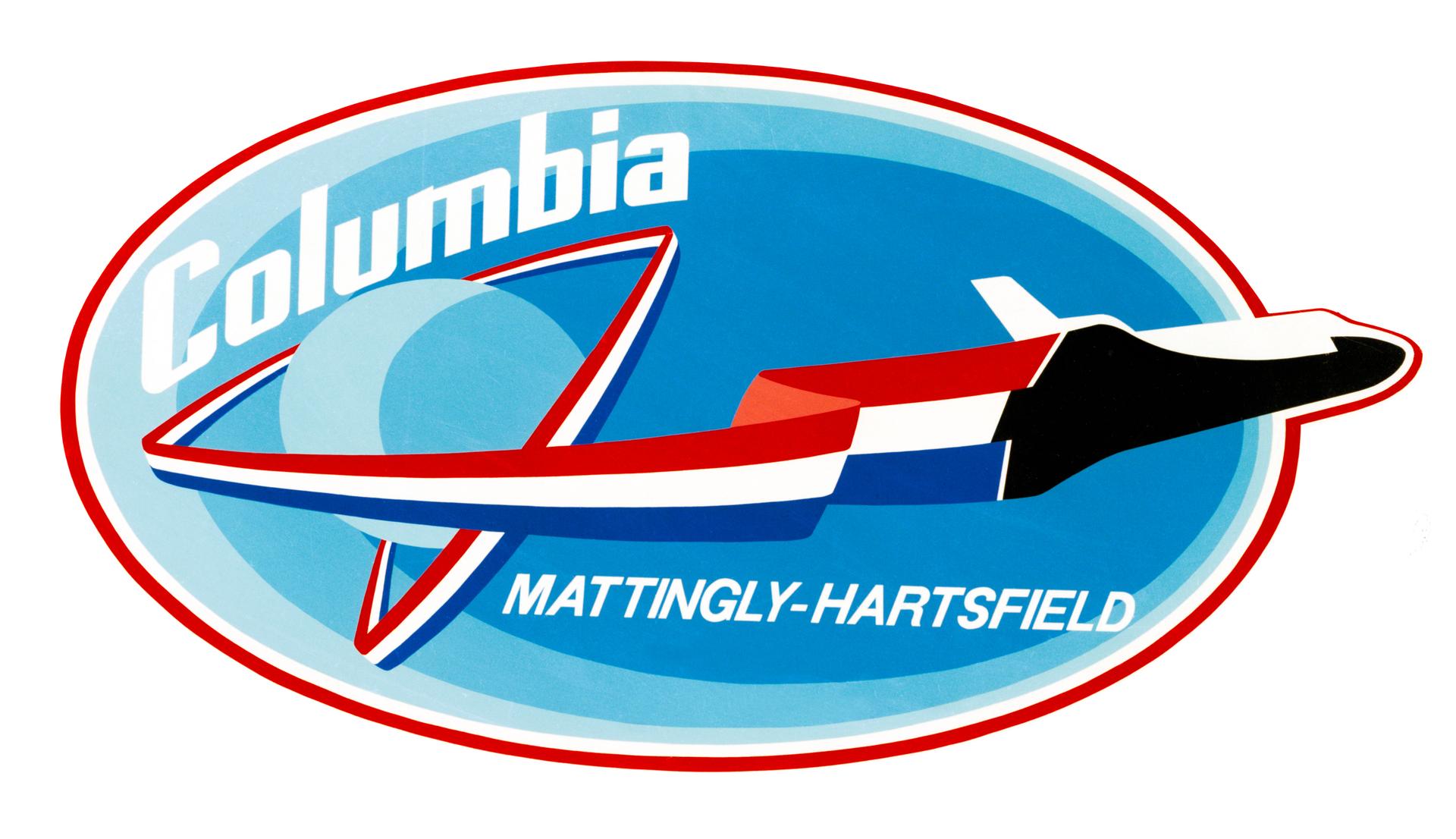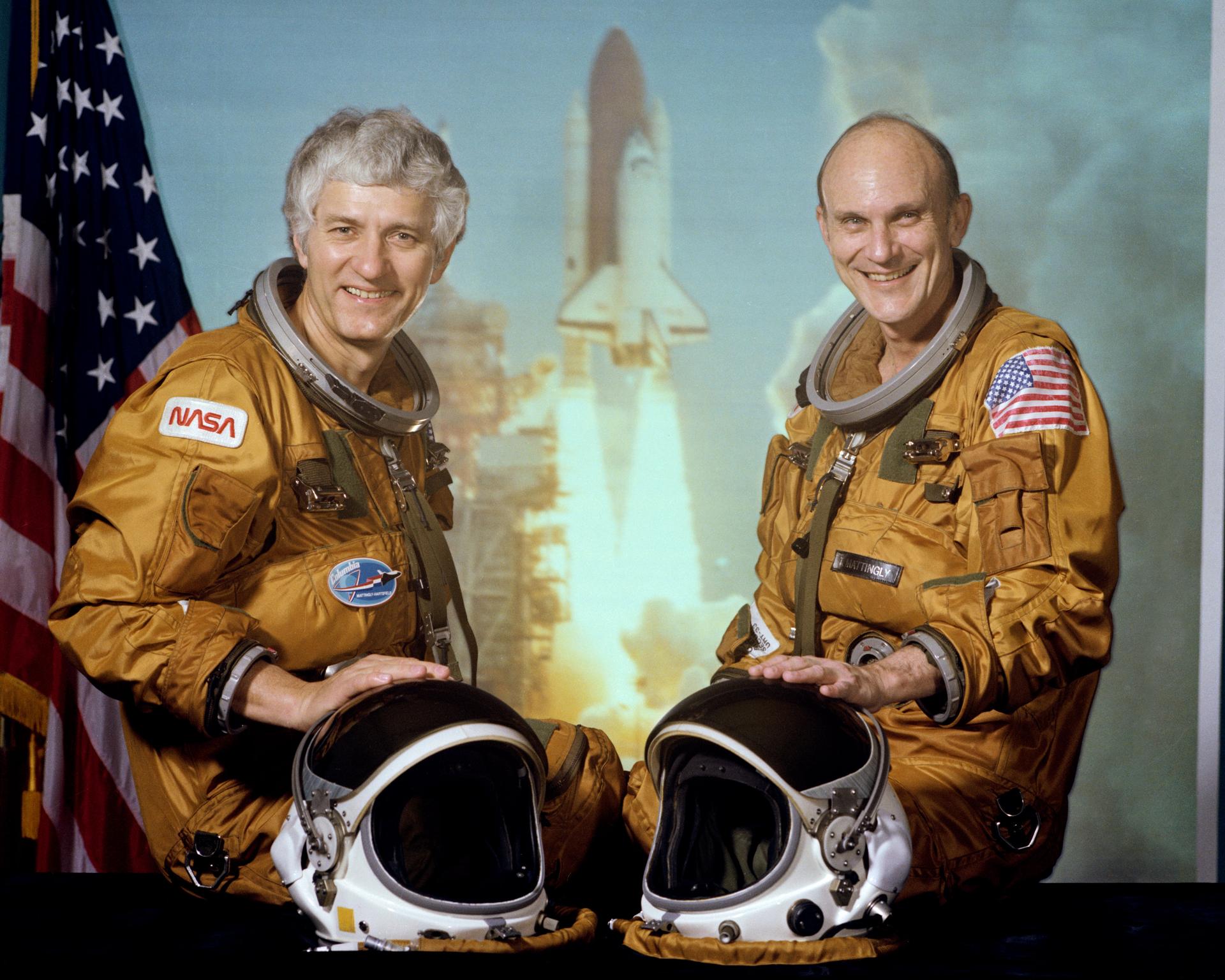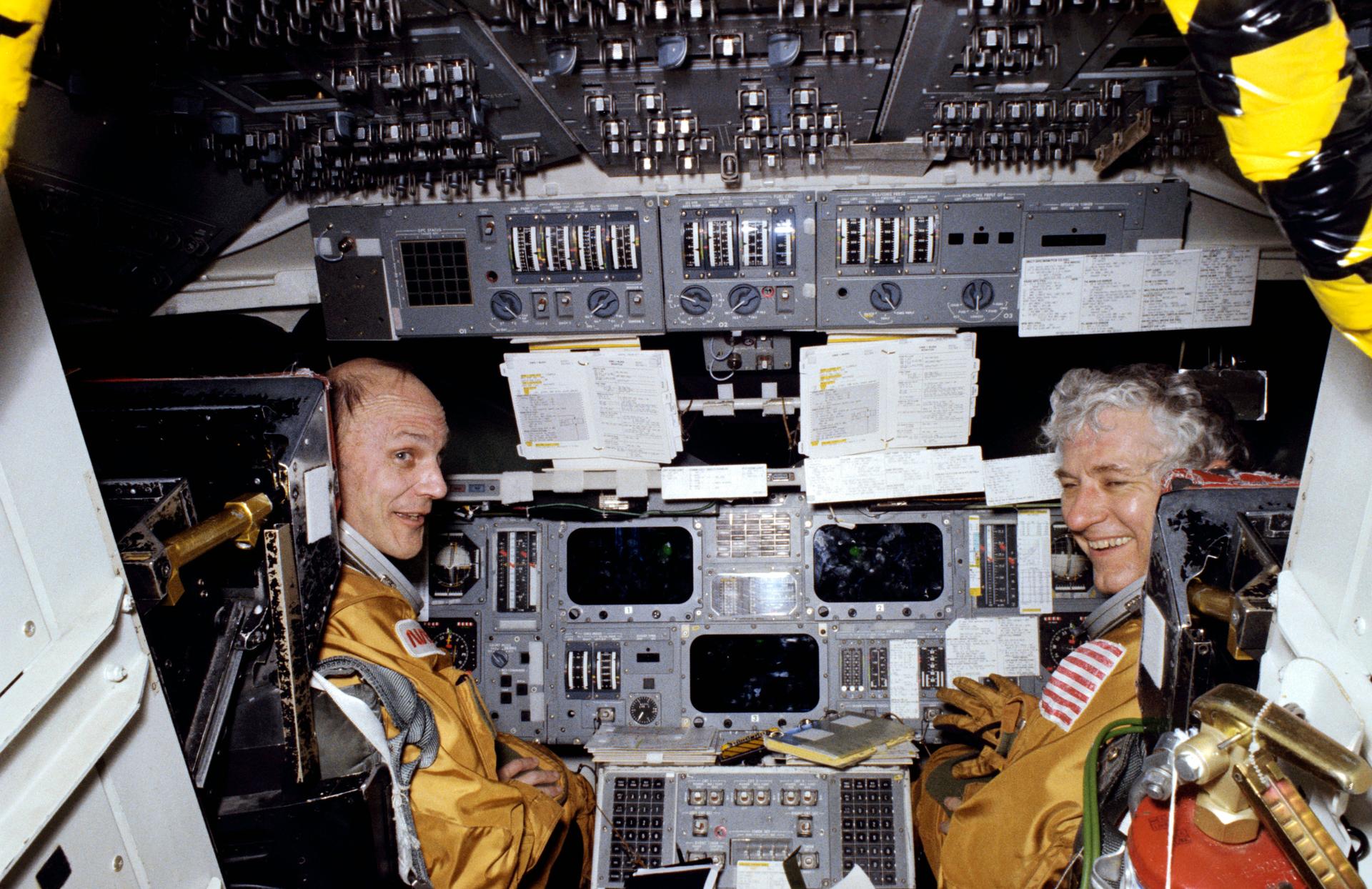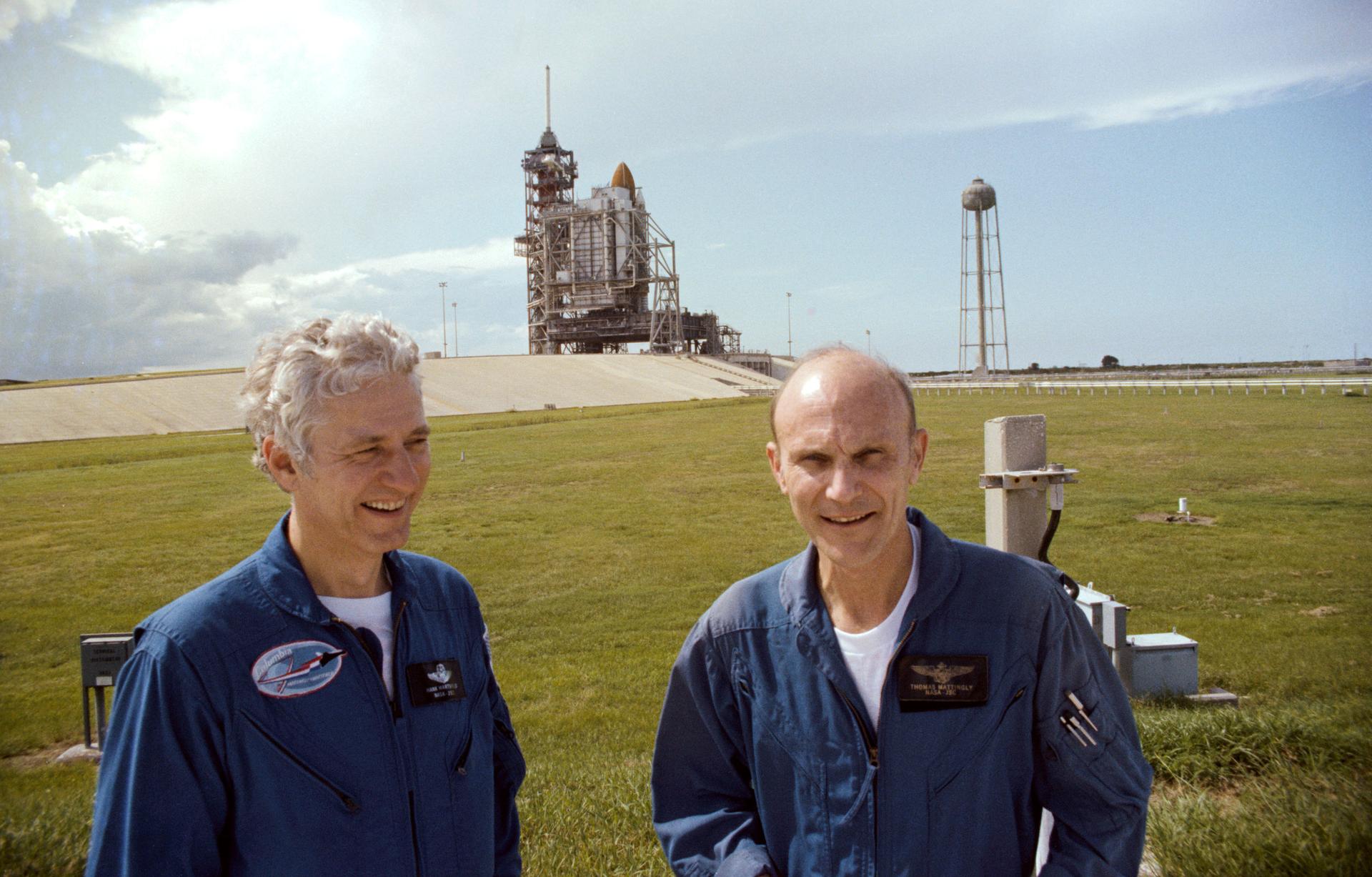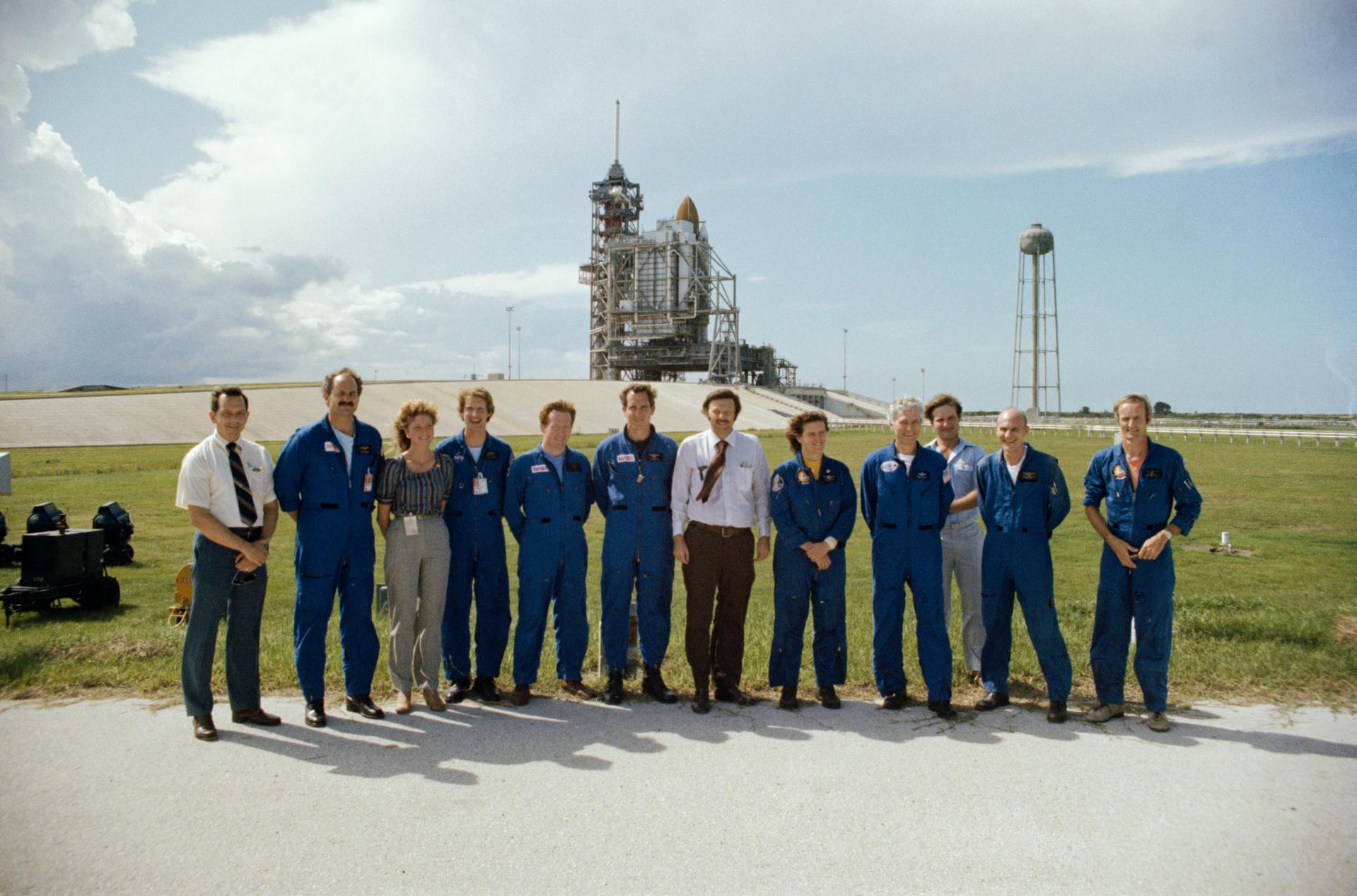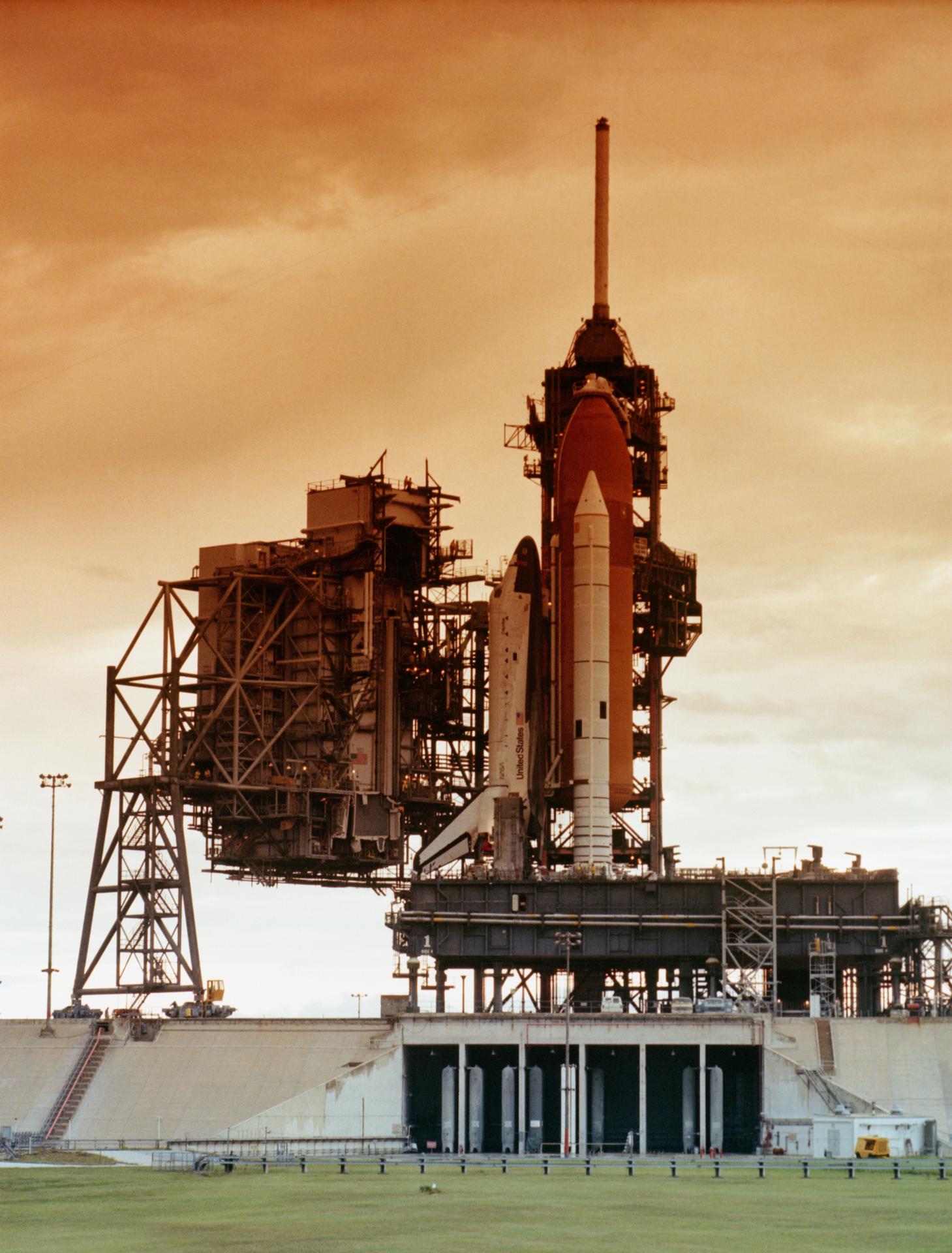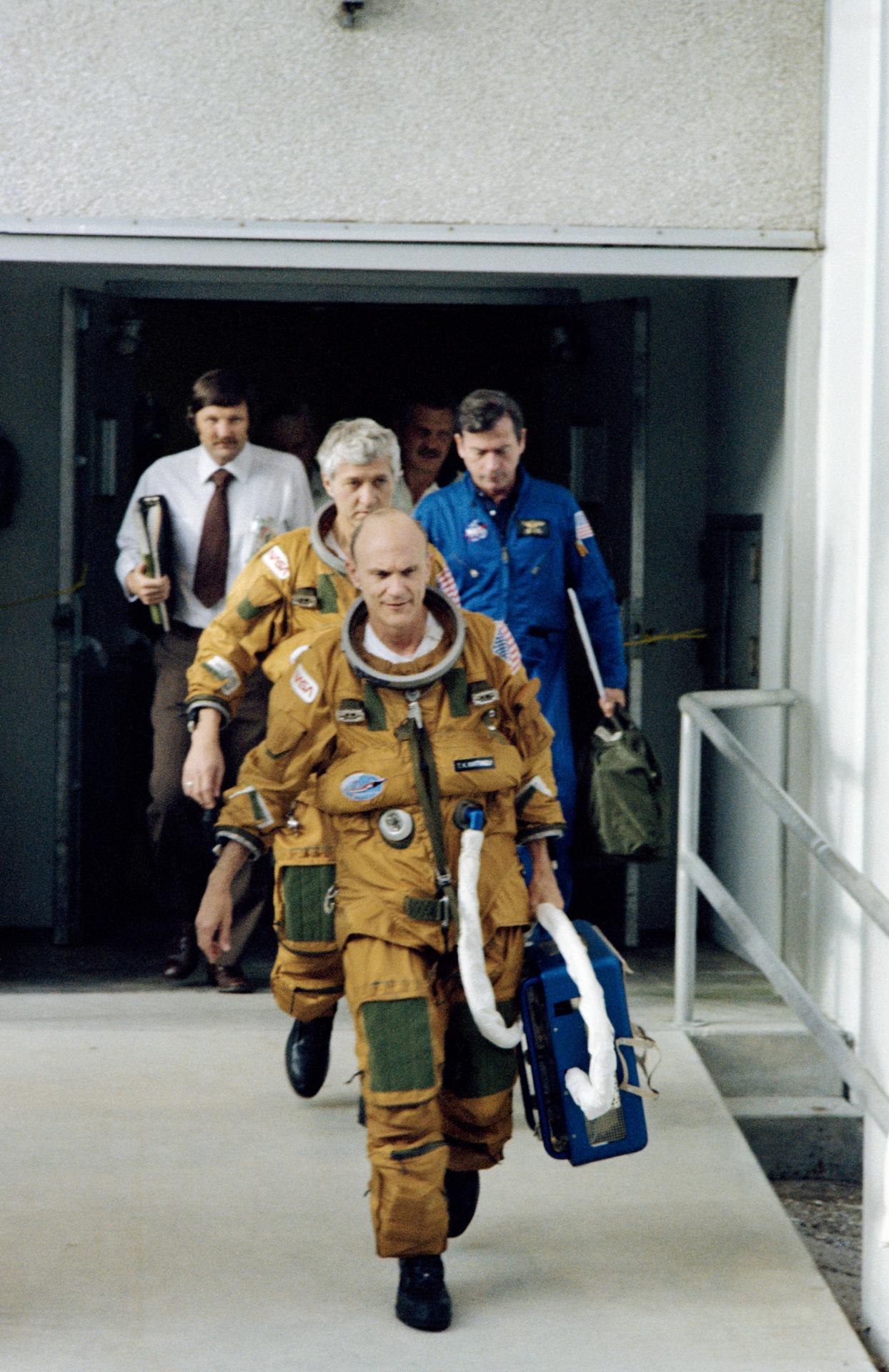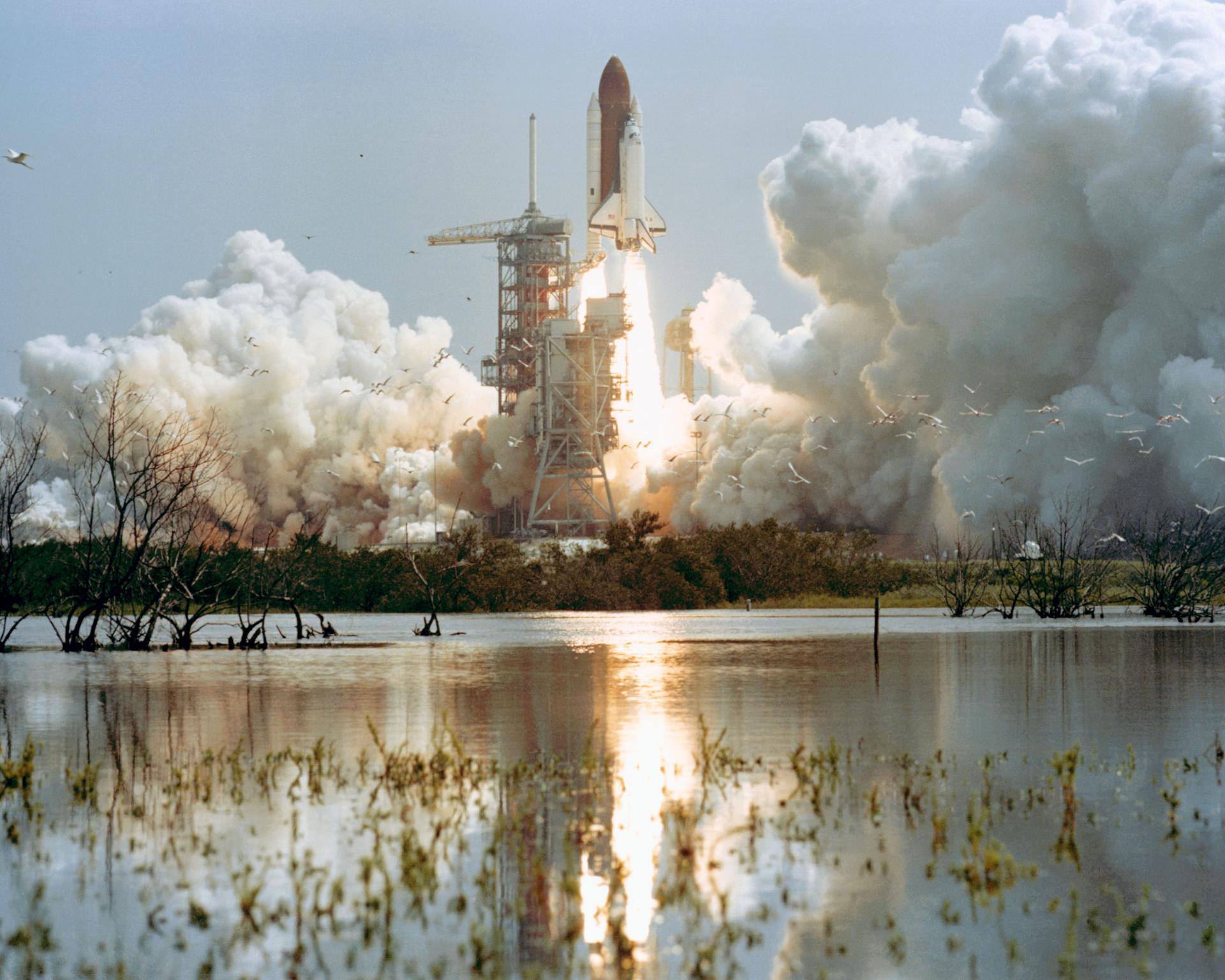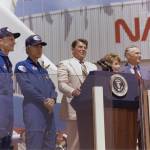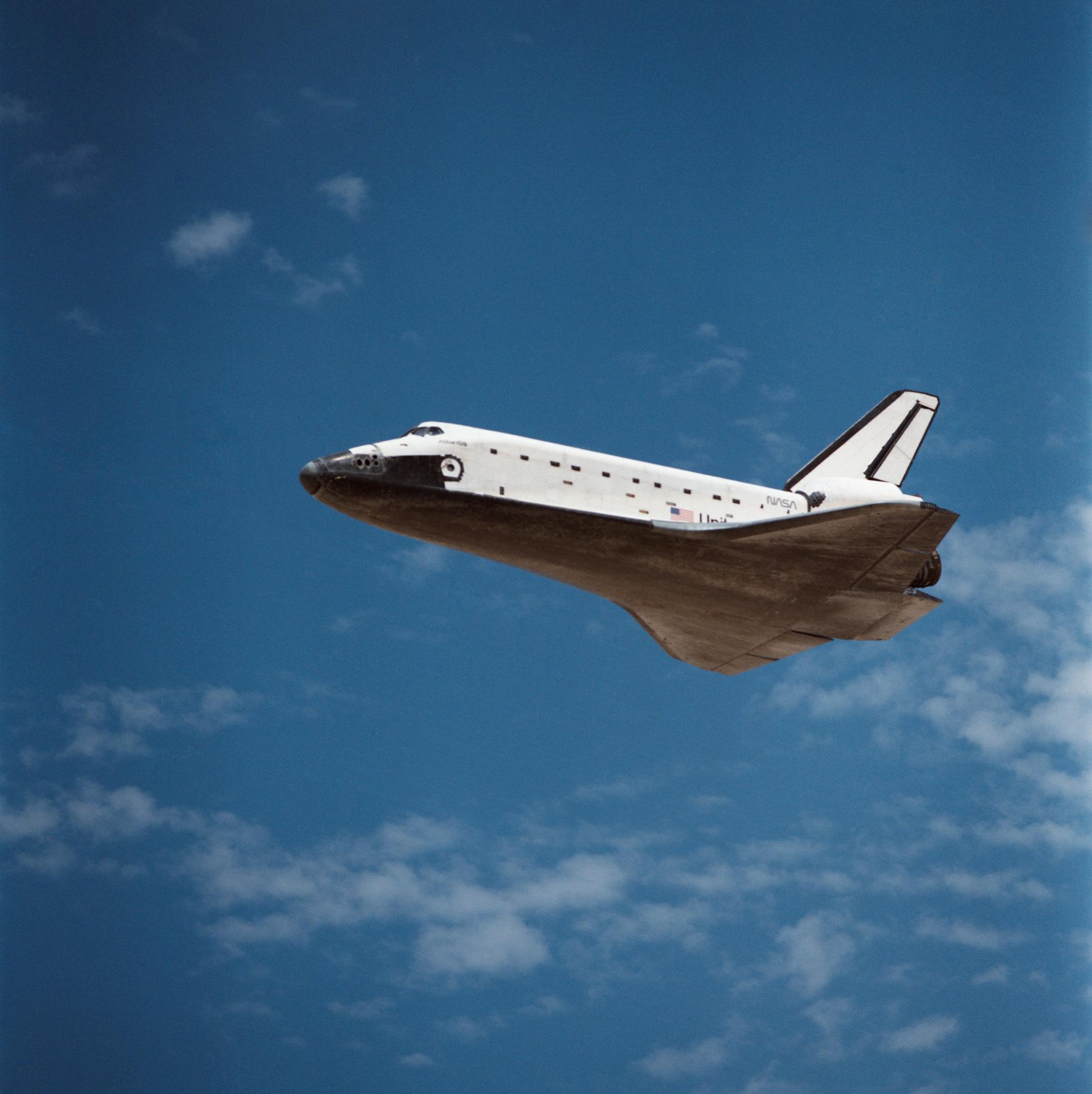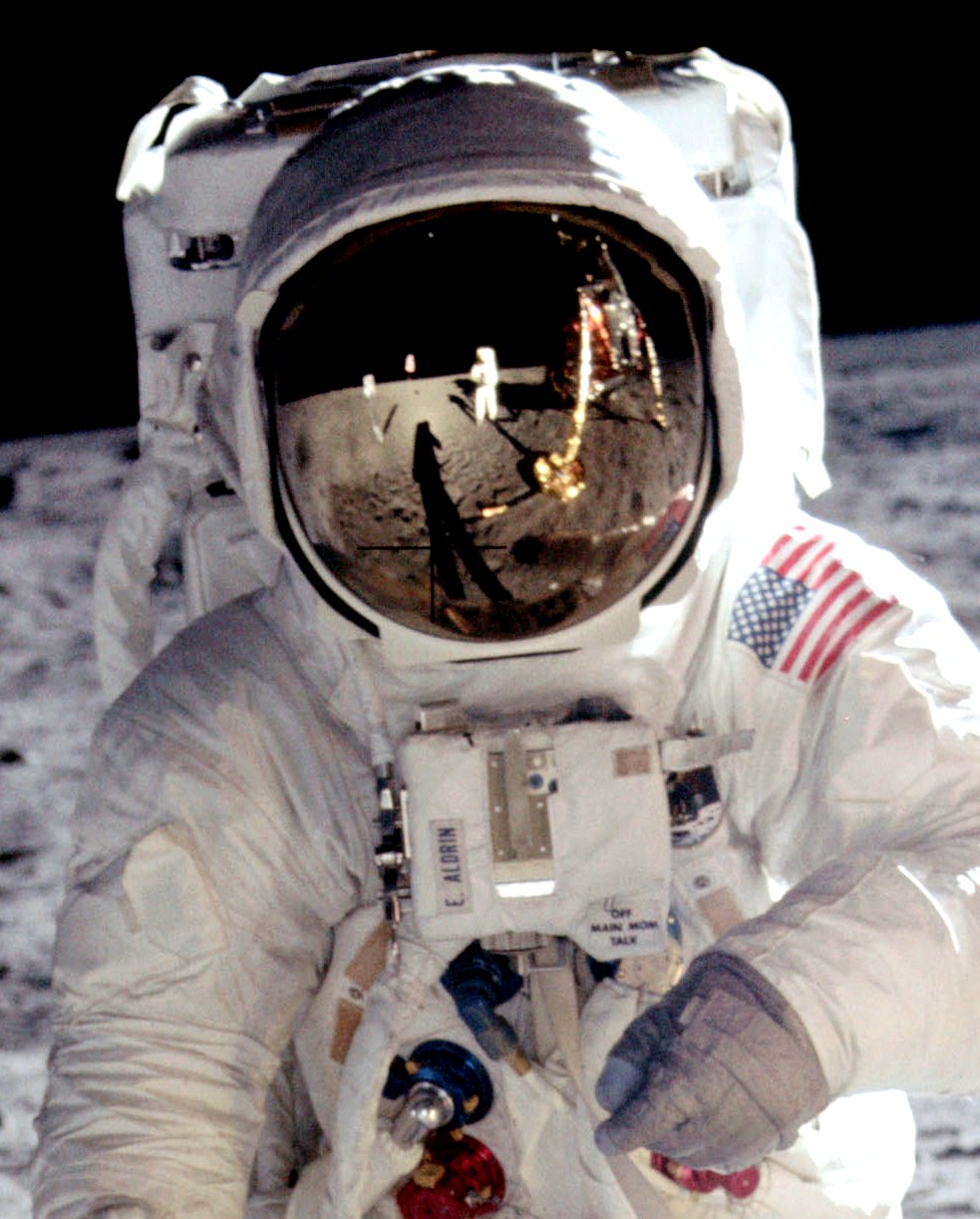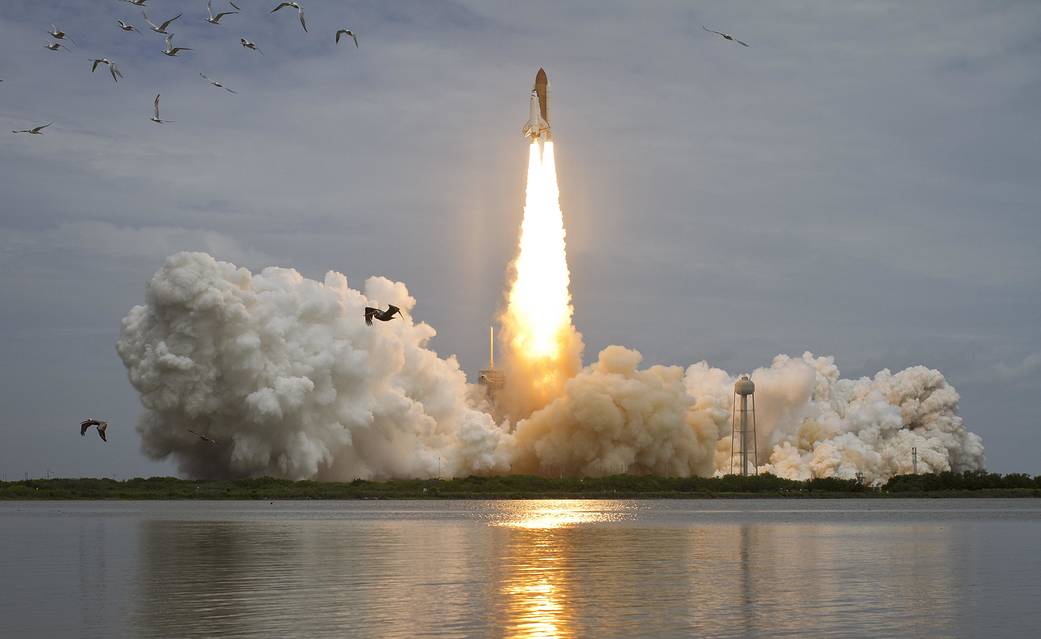
STS-4
The final research and development flight of the Space Transportation System was also the last Shuttle mission to have a crew of only two astronauts, Thomas K. Mattingly and Henry W. Hartsfield, Jr.
Orbiter
Mission Duration
Launch
Landing
Mission: Department of Defense/Continuous Flow Electrophoresis System (CFES)
Space Shuttle: Columbia
Launch Pad: 39A
Launched: June 27, 1982 at 11:00:00 a.m. EDT
Launch Weight: 241,664 pounds
Landing Site: Edwards Air Force Base, Calif.
Landing: July 4, 1982 at 9:09:31 a.m. PDT
Runway: 22
Rollout Distance: 9,878 feet
Rollout Time: 73 seconds
Revolution: 113
Mission Duration: 7 days, 1 hour, 9 minutes and 31 seconds
Returned to KSC: July 15, 1982
Orbit Altitude: 197 nautical miles
Orbit Inclination: 28.5 degrees
Miles Traveled: 2.9 million
Mission Highlights
The Final Space Transportation System research and development flight. In addition to classified Department of Defense payload, cargo included first Get Away Specials, (G-001) which contained nine experiments from Utah State University; first commercial experiment involving Continuous Flow Electrophoresis System (CFES); Monodisperse Latex Reactor (MLR); Induced Environment Contamination Monitor (IECM), which was deployed, and two Shuttle Student Involvement Program (SSIP) experiments. Crew performed medical experiments on themselves for two student projects, operated remote manipulator arm to swing IECM around orbiter, and took photos of lightning activity in Earth’s atmosphere. Two solid rocket booster casings were lost when main parachutes failed and they impacted the water and sank. Some rainwater penetrated protective coating of several tiles while orbiter on pad. On orbit, affected area turned toward sun and water vaporized, preventing further tile damage from freezing water.
Thomas K. Mattingly II
Commander
Astronaut Ken Mattingly was on the prime crew for the Apollo 13 mission prior to being removed from the mission due to exposure to German measles. He subsequently got to fly to the Moon as the Command Module Pilot on Apollo 16 before being chosen to command STS-4, the fourth and final test flight of Space Shuttle Columbia.
Read More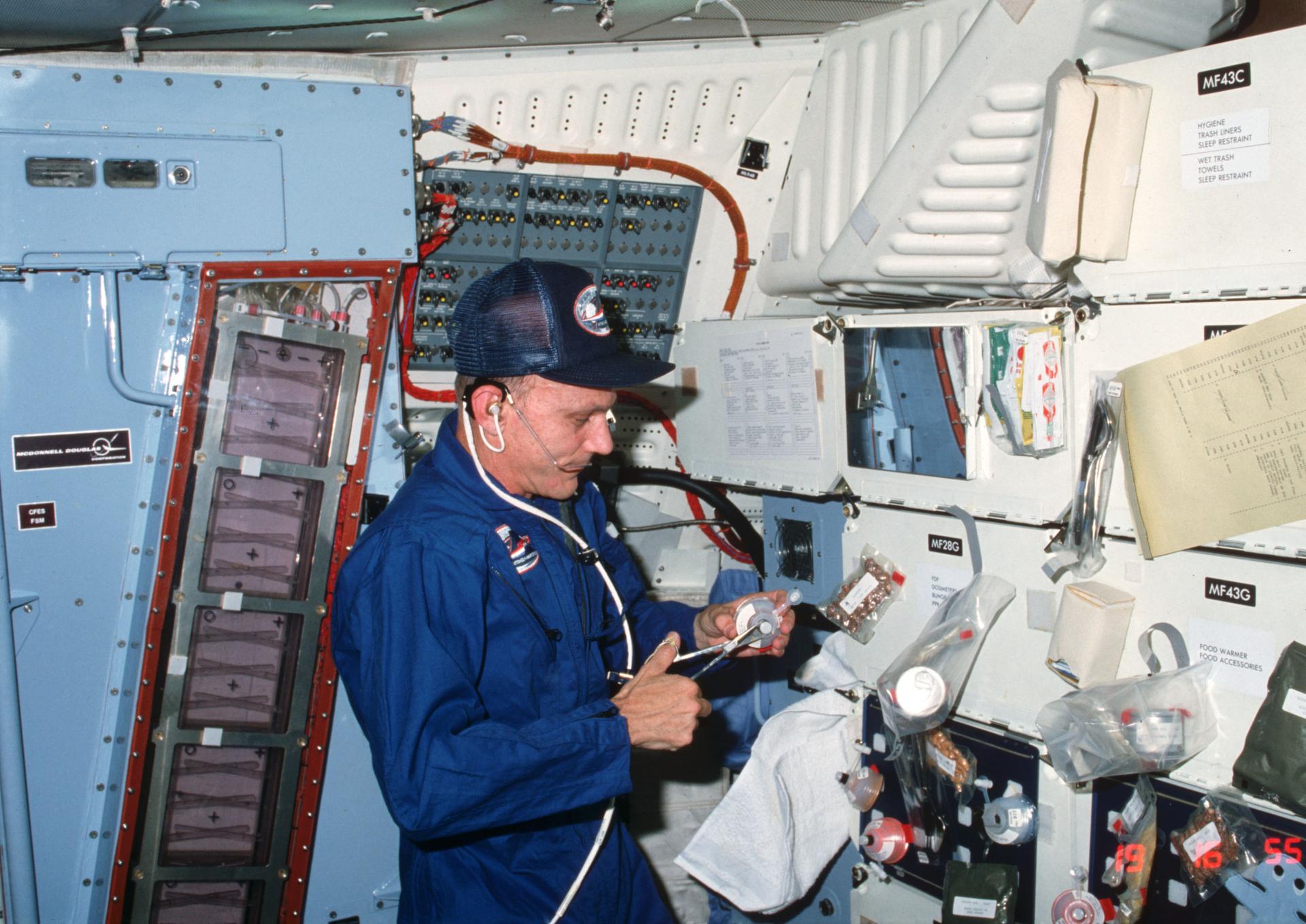
Henry W. Hartsfield, Jr.
Pilot
Henry W. Hartsfield, Jr. was assigned to the Air Force’s Manned Orbiting Laboratory Program as an astronaut in 1966 and joined NASA in 1969 after that program was cancelled. He served on the support crew for Apollo 16 and the Skylab 2, 3 and 4 missions before making his first space flight for STS-4.
Read More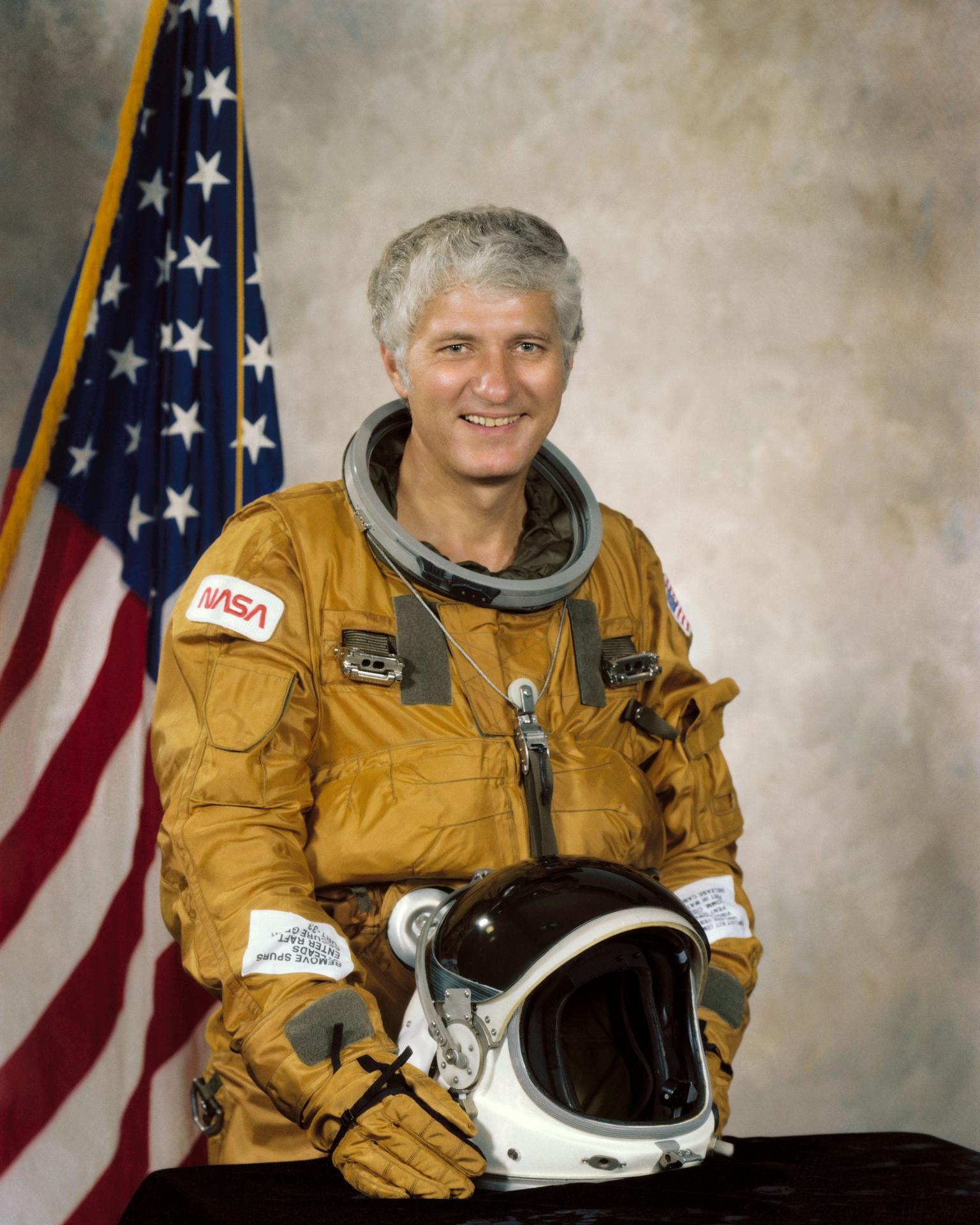
40 Years Ago: STS-4, Columbia’s Final Orbital Flight Test
Space shuttle Columbia took to the skies on June 27, 1982, to begin its fourth trip into space. Astronauts Thomas…
Read the Story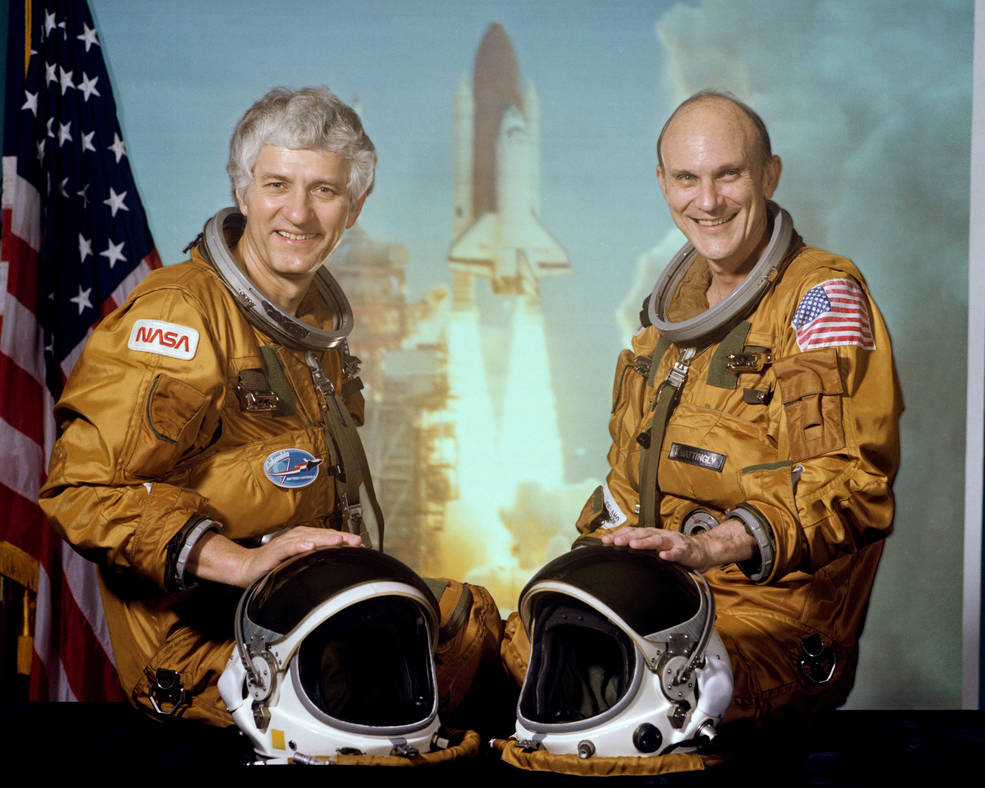
STS-4
More Shuttle Articles
Stay up-to-date with the latest content from NASA as we explore the universe and discover more about our home planet.
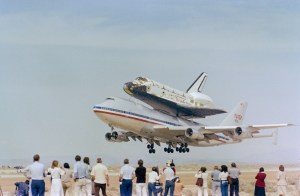
On March 24, 1979, space shuttle Columbia arrived at NASA’s Kennedy Space Center (KSC) for the very first time. Following…
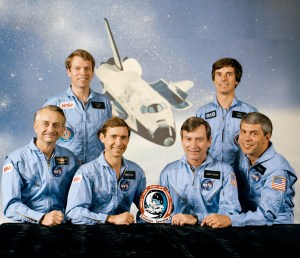
On Nov. 28, 1983, space shuttle Columbia took to the skies for its sixth trip into space on the first…
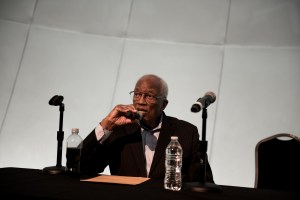
In celebration of the 40th anniversary of the space shuttle Challenger’s STS-8 mission, former astronaut Dr. Guion “Guy” Bluford, the…




























